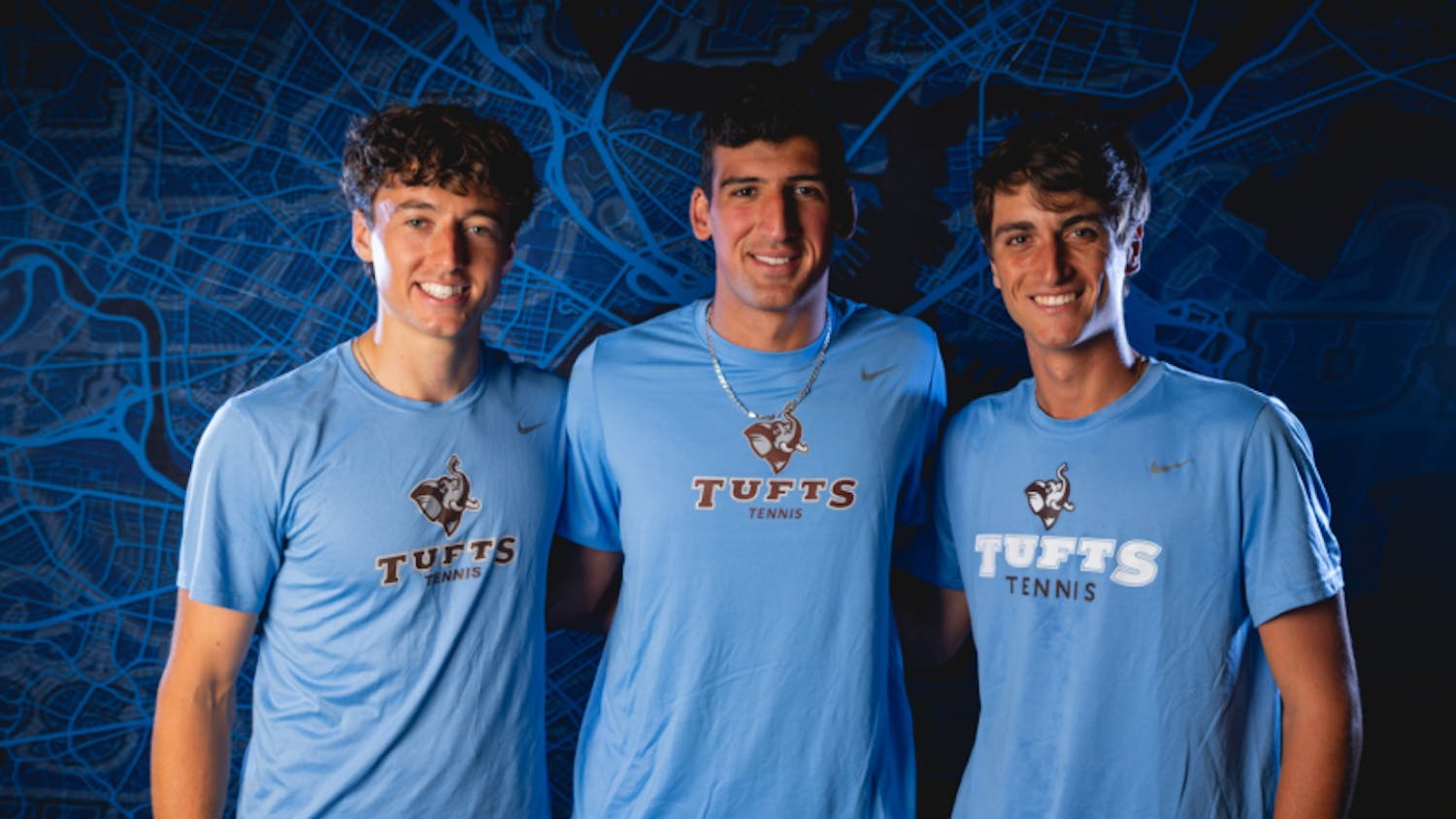What a week in the world of sports. Butler almost pulled off the greatest run ever in NCAA Tournament history, the UConn women secured their place in history, Tiger Woods is coming back to play the Masters, and Donovan McNabb is now a Redskin.
With all the excitement going on, you might not have even noticed that Major League Baseball's Opening Day was on Sunday. OK, who am I kidding? We're in Boston, after all.
The media goes crazy about the Red Sox every April, and even though I'm a Yankees fan, I've never really minded … that is, until this year. That's because this year, every time I hear or read the words "Red Sox," there are two others that always come with it: "run prevention." In print, online, on the radio and on television, the two phrases have become synonymous. People are treating it as though it's some type of grand experiment. Run prevention: Can it really work?
Frankly, the whole thing is ridiculous (stick with me Sox fans, I'm not headed where you think). It's as though every Boston columnist and broadcaster thinks Theo Epstein was just sitting around last offseason when suddenly he thought, "Hey, you know what I'm gonna try this year? Run prevention! It's genius!"
But of course, that's not what happened. Theo Epstein is a tremendous general manager, one of the best in baseball. He's not afraid to make bold decisions, and they normally pay off. When he traded Nomar Garciaparra, the Red Sox went on to win the World Series. When he refused to give into Pedro Martinez's contract demands, Pedro signed with the Mets and made just 79 starts in four seasons.
This offseason, after fruitless talks with Jason Bay, Theo determined that he could spend his money more effectively elsewhere. The market did not properly value defense, so Epstein took advantage. He now has Mike Cameron roaming his outfield for two years and $15.5 million rather than Bay for four and $66 million, even though Cameron has posted a higher WAR (wins above replacement, a measure of a player's overall worth) than Bay over the past couple years. Theo also added Marco Scutaro, Adrián Beltré and John Lackey, after which the "run prevention" bandwagon took off.
But what bothers me about the run prevention fanaticism is the fact that those players are more than just run prevention guys, and the Red Sox are more than just a run prevention team.
Take Marco Scutaro. He's a wizard with the glove, but he also posted the fifth−highest on−base percentage among Major League shortstops last year. And Adrián Beltré? He, too, is known for his defense, but he's no scrub in the batter's box — he just spent the last five years playing a home ballpark (Seattle's Safeco Field) that's extremely unfriendly to right−handed hitters.
The Red Sox aren't just about pitching and defense; they're about well−roundedness. Everyone in the lineup is good at multiple facets of the game, with the exception of David Ortiz (who's good at nothing) and Victor Martinez (just good at hitting). J.D. Drew may never be a fan favorite in The Hub because he's never going to hit 40 home runs, but the guy gets on base, plays good defense and can run the base paths. He's just a good ballplayer.
Theo doesn't go out and overpay for players with flashy numbers or fan−friendly statistics. He waits and takes what the market gives him, just like a patient hitter in the batter's box.
In 2004, the market gave him on−base percentage, and the Red Sox led the league in runs scored on the way to their historic championship. By 2007, Theo had acquired the pitching to complement the hitting, and the Red Sox allowed the fewest runs in the league while scoring the fourth−most en route to their second title under Epstein.
This year, Theo's got a pitching staff of aces, a defense of gold−glovers and a lineup that's one of the deepest in the league. Will this "grand experiment" work?
Nope. (Did I mention I'm a Yankees fan?)
--
David Heck is a senior majoring in philosophy. He can be reached at David.Heck@tufts.edu.





